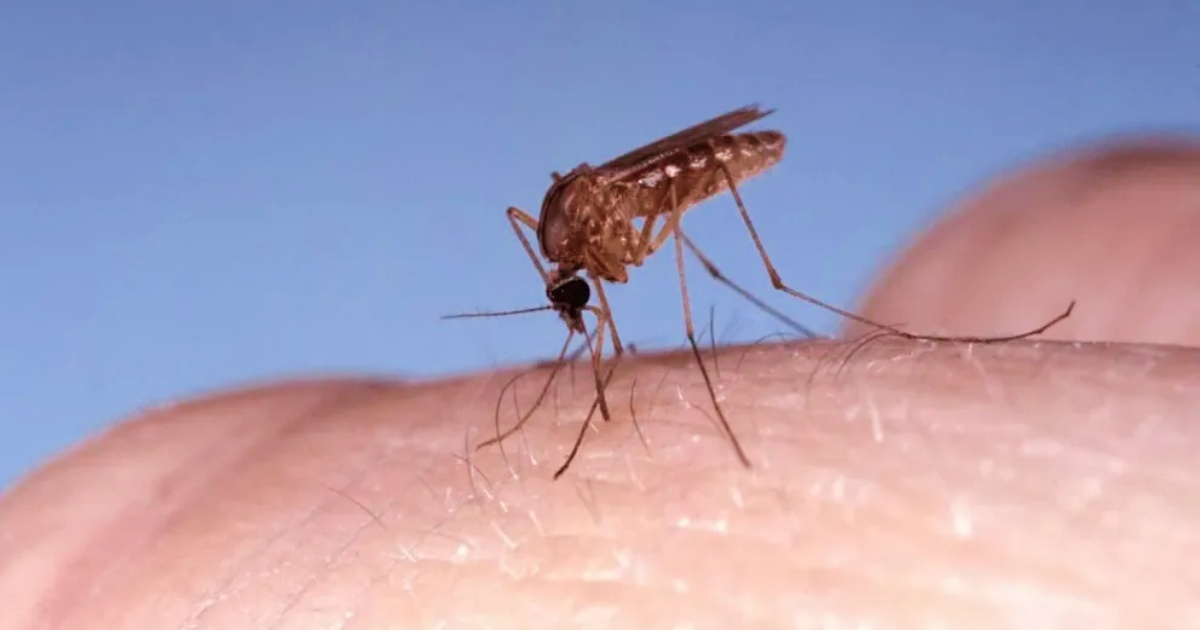The Ministry of Public Health (MINSAP) of Cuba confirmed on Monday the presence of Oropouche fever cases in the province of Santiago de Cuba. This viral disease is transmitted by mosquitoes and flies.
The official statement released by MINSAP indicated that after "monitoring and surveillance actions of non-specific febrile syndromes in the province of Santiago de Cuba, the presence of the Oropouche virus was identified in two Health areas of the municipalities of Santiago de Cuba (Ernesto Guevara) and Songo La Maya (Carlos J. Finlay), based on samples studied at the national reference laboratory of the Pedro Kourí Institute (IPK)."
The Ministry of Health stated that "all cases have shown favorable progress with symptom improvement between the third and fourth day of the onset of the disease." The official source added that the clinical picture resulting from the disease is "mild, preceded by an incubation period of 5 to 7 days, characterized by fever, headaches, muscle and joint pains, and occasionally, vomiting and diarrhea."
The report noted that no severe, critical, or fatal cases associated with the virus have been reported, and that "there is no specific treatment," only general measures to alleviate symptoms.
The highest health authority in Cuba assured—though without giving details—that "entomological-epidemiological actions are being developed to cut the transmission chain and control the disease in the shortest possible time."
OROV is primarily transmitted to humans through the bite of the midge Culicoides paraensis, which is present in the Americas. However, it can also be transmitted by the mosquito Culex quinquefasciatus.
According to information released on May 23 by the official site Infomed, Oropouche fever cases have been detected in areas outside the Amazon region of Brazil in the past month.
For this reason, "in addition to the high circulation of dengue reported in several countries and territories of the Americas," the Pan American Health Organization (PAHO) and the World Health Organization (WHO) urged Member States to follow recommendations for the differential diagnosis of the Oropouche virus (OROV) and to strengthen entomological surveillance, vector control, and personal protection measures for the population at greatest risk.
Understanding Oropouche Virus Outbreak in Santiago de Cuba
Here are some frequently asked questions about the recent confirmation of Oropouche virus cases in Santiago de Cuba, aiming to provide a clearer understanding of the situation.
What is Oropouche fever?
Oropouche fever is a viral disease transmitted by mosquitoes and flies, characterized by symptoms such as fever, headaches, muscle and joint pains, and occasionally vomiting and diarrhea.
How is the Oropouche virus transmitted?
The Oropouche virus is primarily transmitted through the bite of the midge Culicoides paraensis. It can also be transmitted by the mosquito Culex quinquefasciatus.
Are there severe cases of Oropouche fever?
No severe, critical, or fatal cases have been reported in association with the Oropouche virus in Santiago de Cuba. The clinical manifestations are generally mild.
